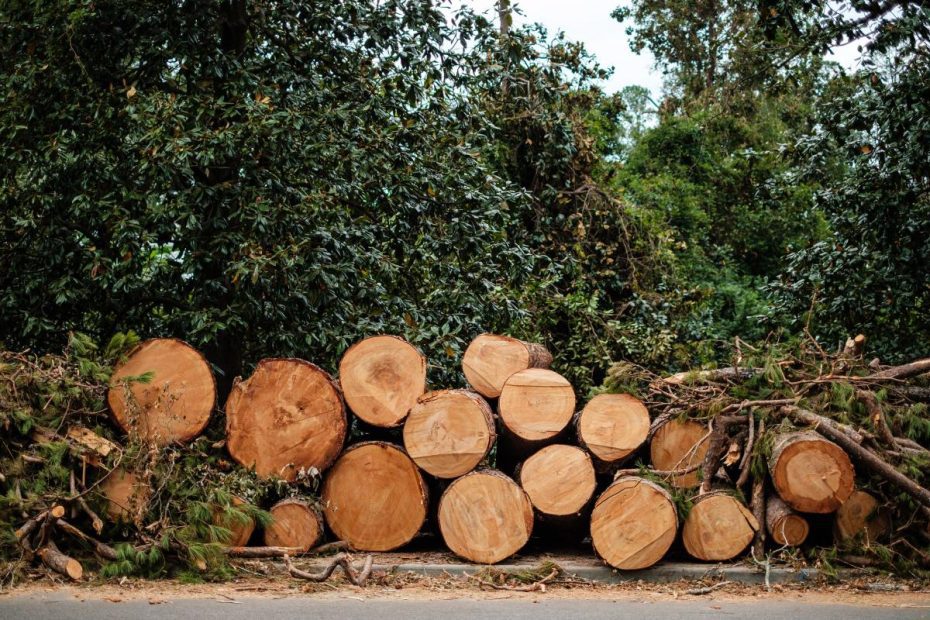Hurricane Helene uprooted and dropped thousands of trees and branches as it made its way north across the Augusta area on September 27. Many of those trees and branches destroyed power lines, punctured homes and paralyzed vehicles. Apparently nothing was left untouched by the storm's fury.
Now the laborious process of getting rid of that rubble is underway.
“I think Richmond and Columbia (counties) are probably the two largest locations we have,” said Bo Ansley, regional customer service manager for Ceres Environmental. “We estimate that each county probably has well over half a million cubic yards of tree and limb debris.”
Ceres Environmental is a sustainable, Florida-based disaster debris removal company contracted by area governments to assist with large-scale natural disasters such as hurricanes and tornadoes.
But what to do with so much rubble? Where will it all go?
“We never want to overload the landfills,” Ansley says. “Landfills are expensive infrastructure, built to handle the normal household waste we produce.
“When you have a major disaster that produces millions of cubic meters of debris, we try to recycle, reuse or reduce that debris so it's more manageable.”
Columbia County Purchasing Manager Glenn O'Steen noted in an email that Ceres previously handled the removal of debris created during the 2014 ice storm.
Ansley said that “approximately 98% of the hurricane-generated debris in the state of Georgia is vegetative.” Such waste is easy to reduce and reuse because it is a renewable resource.
'It's a humanitarian crisis': Augusta Helene-schade's TikTok video gets 1.5 million views
“We send trucks to Augusta to pick up large tree sections from the side of the road,” Ansley said. “The tree parts are taken to a reduction location. There are multiple reduction sites in the community that are strategically set up to accept this type of waste. Once we get it on site, we will bring in a large grinder to grind it into mulch.”
Ansley said that due to the large amount of tree debris that is turned into mulch, offering it to the public is not an option.
“Many communities take Christmas trees, mulch them, compost them and give them back to the community,” he said. “That's fine if it's a manageable amount of debris. When you get catastrophic volumes like we have now, that byproduct is no longer useful. There's just too much of it. And it's not the right wood quality for your planting beds.”
Large piles of debris can even become a “liability,” Ansley said. “As this mulch decomposes, it will create heat and cause it to burn internally. … Therefore, it must be managed effectively.”
But the mulch waste could still benefit some area growers, Ansley said.
“In the region where we are working now, the area consists of sandy soil,” he said. “So we have multiple sources in the agricultural community asking for the mulch so they can use it to supplement their sandy soil and add some organic compost back in.”
Ansley said the tree waste can go to the landfill as a last resort.
This reporting content is supported by a partnership with several funders and Journalism Funding Funding Partners.
Erica Van Buren is a climate change reporter for The Augusta Chronicle, part of the USA TODAY Network. Contact her at [email protected] or at X: @EricaVanBuren32.
This article originally appeared in the Augusta Chronicle: Florida company clears tree remains from Helene in Augusta area

